Driver Reviews
Callaway FT Optiforce Drivers: Editor Review

Pros: Two different head options, a 440cc version and 460cc version, allow golfers to choose between a lower-launching, more penetrating flight, and a higher-launching, more forgiving option respectively. New aerodynamically efficient heads and light premium shaft offerings create the lightest drivers Callaway has ever released. The Advanced OptiFit hosel allows golfers to adjust the loft and lie of the driver.
Cons: Similar to Callaway’s X Hot line, neither OptiForce driver contains adjustable weights. While both drivers have subtle graphics, the 440 doesn’t have any marks on the crown. That could bother some golfers who prefer an alignment mark.
Bottom line: Both drivers live up to the marketing promise. With two premium stock shafts to choose from, both drivers are lighter and offer more adjustability than previous Callaway models. Most golfers will find the 460 launches higher with more forgiveness and has more consistent ball speeds across the face. Better players will favor the lower, more penetrating trajectory offered by the 440.
Overview
Mid-season product launches seem to be all the rage right now, and Callaway became part of it with the OptiForce. The current strategy at Callaway is to focus on new innovation, not just iterative products, and the company has been willing to release new clubs more often this year. Even though the X Hot line is still dominating commercials during tournaments, Callaway is moving full-steam ahead to bring golfers more speed (and hopefully more distance) with its lightest drivers yet, the OptiForce.
Callaway engineers understand that trying to be everything to everyone in one driver head is almost impossible. With that in mind, the FT OptiForce driver comes in two different head sizes — a 440 cubic centimeter head designed for better players interested in a more penetrating ball flight and a 460 cubic centimter head for players looking for more forgiveness and a higher launch. This allowed Callaway to modify everything from the head size, moment of inertia, center of gravity position, weight and even bulge radius to produce optimal conditions across the loft options in each head.
 Both drivers feature Callaway’s Speed Optimized Technology, which is a combination of a lightweight aerodynamic head, light shaft and grip, designed to produce more ball speed and distance.
Both drivers feature Callaway’s Speed Optimized Technology, which is a combination of a lightweight aerodynamic head, light shaft and grip, designed to produce more ball speed and distance.
Speed Optimized Technology is combined with Callaway’s Speed Frame Face technology that creates a larger sweet spot and maximizes ball speeds across the face, even on mishits.
The stock shaft offerings should be considered premium shafts. The extremely light Project X PXV shaft only weighs 43 grams at the stock length of 46 inches. A more standard shaft, usually paired with the 440 head, is the Mitsubishi Rayon Diamana S+, and weighs just 64 grams. Both shafts are available as stock options with either head in several flexes — 5.0, 5.5, 6.0 and 6.5 in the PXV 43, and R, S and X in the Diamana S+.
With the OptiForce drivers, Callaway also introduced a new Advanced OptiFit hosel that expands the ability of golfers to adjust loft and lie. All a golfer has to do is line up the desired setting with the white tick marks on the hosel and they’re set.
When I was looking for a new driver last year, I was disappointed that Callaway didn’t offer more adjustable loft and lie modifications. The company’s Razr Fit Extreme and X Hot drivers, which were released in early 2013, came in several different lofts and had a three-way adjustable hosel: neutral (N), opened (O) or closed (C). Those settings corresponded to a driver’s face angle — opening the face lowered loft, while closing the face added loft.
Each OptiForce head comes in one loft — the 460 is stamped at 10.5 degrees and can be adjusted down 1 degree or up 2 degrees in one degree increments. The 440 head is stamped at 9.5 degrees and also can be adjusted down one degree or up two degrees in one degree increments. The driver can also be set to neutral or draw, which makes the lie angle of the driver more upright and encourages a more leftward starting trajectory (for right-handed golfers).
Changing the driver’s loft will change the face angle slightly (more loft closes the face, less loft opens the face), but the Advanced OptiFit hosel was designed to minimize those changes, which to many golfers may not even be noticeable at address.
Both FT OptiForce drivers are available now for $399.
Performance
 Since we all have different current drivers, different swing speeds and different needs, I wanted to test the performance of the stock options you’ll find sitting on the rack at your local golf store. The 440 head with the Diamana S+ and the 460 head with the Project X PXV.
Since we all have different current drivers, different swing speeds and different needs, I wanted to test the performance of the stock options you’ll find sitting on the rack at your local golf store. The 440 head with the Diamana S+ and the 460 head with the Project X PXV.
I tested the clubs over multiple sessions outdoor at a driving range during calm conditions. My playing swing speed averages around 105 mph and I can max out at around 110 mph, but for the testing I was swinging with my normal playing speed. My first test was at the range without a launch monitor. My goal was to simply see if the ball flight matched Callaway’s claims.
I started with the 460 head in the stock 10.5 degree loft and neutral position. After just the first swing — and over the course of about 20 swings — it was evident that the 460 was launching higher, and although it had a tendency to balloon up, still traveled a bit further on average than my gamer. The dispersion of the shots was pretty tight, even when hit off the heel or toe.
When I started hitting the 440, it was instantly apparent that even though these clubs are made of the same material, they are not the same. The ball flight was noticeably more penetrating, and unfortunately for me, the mishits weren’t quite as forgiving. Not bad, but I could tell we’re dealing with a smaller, better players head. Based simply on my own eyes, these clubs are doing exactly what Callaway claims.
I wanted to get on a FlightScope launch monitor and run a series of tests with multiple different settings. The Nike Golf 360 Fitting Center at Bentwater Golf Course in Acworth, Ga., was the closest option, and the teaching pro Justin Tackett was nice enough to let me take over the center for a few hours.
Most golfers know that so much goes into a proper fitting and the shaft plays a very large role. Since we’re all different, I decided to test four different configurations in each of the two clubs, throwing out mishits or misreads and looking at the averages. I also dialed in my launch conditions, but wanted to be able to report on results in multiple configurations. I tested both heads in the Neutral and Draw positions with 9.5 degree and 10.5 degree lofts.
Performance: FT OptiForce 460
I wasn’t surprised by what I found. FlightScope confirmed that the 460 head (which is 3 grams lighter than the 440 head) launched 1 degree higher on average, generated 1.5 mph more club-head speed and 1.1 mph more ball speed. Mishits off the toe and heel still resulted in really good ball speed. Hits off the toe only lost 1-to-2 mph of ball speed and the heel averaged a drop of 1 mph.
That sounds great, until we factor in spin and carry numbers. For my swing, the 460 was generating a whopping 600 rpm more spin on average, which resulted in some serious balloons, less roll and 2 yards less carry. Those don’t sound like big numbers, but it was a completely calm day. Put this driver in my hands with any wind, and I’m in trouble. Sure, the shaft plays a role, but the head is playing its part, too. To get closer to optimized launch conditions with the 460, I needed to adjust the loft down 1 degree to 9.5 and keep the lie adjustment in the neutral setting.
Performance: FT OptiForce 440
Unlike the 460, the 440 head performed very well across a wider range of settings. The launch angle was more consistent and the spin numbers were much more acceptable. Although the 460 head and shaft combo generated more speed, I was actually generating a more consistent and higher smash factor throughout the test. While that number isn’t always the best indicator, it is a good data point to reference. Mishits with the 440 resulted in slightly worse shots than the 460, which was expected, but it still generated good speeds. The 440 head will perform better for me in any condition and the optimal configuration is the stock setting of 9.5 degrees and neutral lie setting.
Both clubs, once I dialed in the launch conditions, outperform my current gamer in total carry. Golfers of all skill levels can find something good in both options, especially golfers looking for a higher launching more forgiving club. The 440, with its more penetrating flight, will be going straight into my bag.
Looks and Feel
Looks are subjective, but the FT OptiForce drivers are sexy.
On the 460 head, the black and red graphics on the crown, primary and secondary surfaces all tie together to create a sense of motion even when the driver is just sitting in your bag. The large, aerodynamic head shape sits nicely behind the ball and gives you a confident feeling that you’re not going to miss the sweet spot. The subtle graphics on the perimeter of the crown aren’t a distraction and the alignment mark creates symmetry as a clever representation of the design on the bottom of the club.
The 440 head is more traditional in shape and markings and should appeal to the purists. At address, the solid black head has a more traditional shape and although it is smaller than the 460, doesn’t look like a tiny driver.
In fact, the shape and size gave me the feeling that I would actually have more control over my shots and be able to launch my drives down the fairway and get them to roll for days. The stock blue Diamana S+ shaft caught my attention immediately as well the attention of a few other golfers on the range. Personally, I wouldn’t mind seeing the alignment mark on the top of the 440 head, too. But if you’re used to having an alignment mark, not having it there isn’t a reason to write this club off. The club sits nice at address and still inspires a lot of confidence.
Looks aside, the first thing you’ll feel when picking up both clubs is the weight. Especially with the 460, the driver almost felt too light until I actually took my first swing. If speed is what you are after, you’ll start to believe this club will produce. The lighter weight on the 440 is still noticeable, but it wasn’t as stark as the 460.
It took me one hit to get excited about the OptiForce. The ball seems to jump off the face and the sound at impact is among the best out there right now. I recorded audio at the range of the OptiForce and a couple other drivers around me, and the sound of the OptiForce, even on mishits, was crisp and powerful. While the sound was consistent even on mishits, you can still feel exactly where you’re making contact, especially with the 440 head. The sweet spot feels like butter, but you know when you’ve mishit a ball, which is what I would want and expect in a good driver.
Bottom Line
Callaway set out to create faster swing speeds and transfer that speed into faster ball speeds and more distance. We can debate whether lighter truly equals faster – and there are good debates on both sides – but there is no denying that the stock OptiForce offerings live up to the claims.
Instead of trying to offer a one-size-fits-all approach, golfers have two heads to choose from, both with different MOI and CG to optimize performance. Combined with the advanced OptiFit hosel, golfers of all skill levels can fine-tune their trajectory and maximize their distance off the tee. I suggest adding the FT OptiForce to the test list the next time you get fit for a new driver.
- LIKE61
- LEGIT10
- WOW13
- LOL11
- IDHT15
- FLOP1
- OB1
- SHANK1
Driver Reviews
GolfWRX Spotlight: Tour Edge Exotics C721 driver

Tour Edge’s Exotics line of high-end golf clubs has been known for excellent fairway wood and hybrid performance over the years. The Chicago-based company has been consistently putting out high-quality products, and golfers are really taking notice. The new line of C721 drivers, fairway woods, and hybrids take yet another big leap forward from last year’s EXS line.
The new C721 driver takes a lot of technology from the 2020 EXS line and further refines and expands on it. I know it is a little cliche when companies say every model is their best ever, but Tour Edge is 100 percent right this time.
When unboxing the C721 the first thing I noticed was the much-improved looks and shape over the previous Tour Edge drivers. The biggest change to my eye is the added bulge, giving a more rounded and softened topline.
The overall shape of the C721 is slightly stretched from front to back, giving it just a hint of a triangular look. The Ridgeback is a titanium spine flanked by two carbon fiber wings that add stability and forgiveness to the head, but they can also work together and an additional aiming device to ensure you are lined up down the center of the fairway.
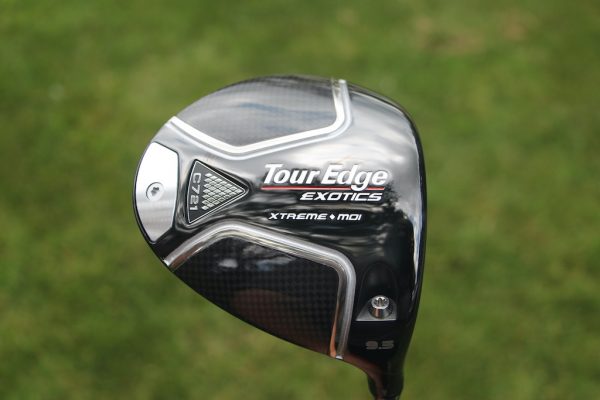
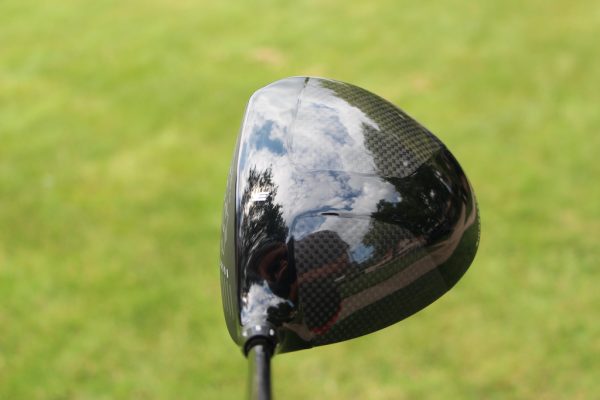
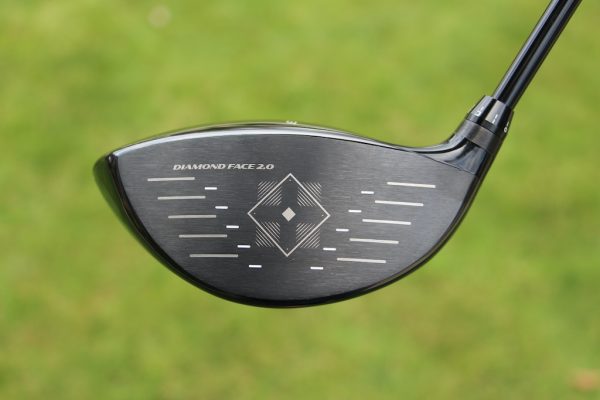
Getting the C721 out on the course is where you really start to appreciate all the technology that went into this driver. Well-struck shots are very long, very boring, and will hang with anything out on the market today. Center contact is rewarded with a long and very low spin shot that is just fun to hit.
The sound and feel are very solid, you can really feel the ball compress on the face as it leaves at high speed. The sound is more of a muted crack and much quieter than I anticipated. If you practice on an enclosed range your ears will thank you for your choice in drivers. Shots hit away from the center of the face retain a lot of ball speed and stay online really well.
My miss is low on the heel and those misses stayed in the air fairly well and went a good ways. Shots hit down on the heel or higher on the toe side still stay online really well due to the Ridgeback spine and rear weight. The C721 is just slightly higher than mid-launch for me, but the low spinning head never allowed my shots to balloon or rise even into the wind. I do wish the face was just a touch deeper as I had to play with my tee height in order to find the optimal setup. The better players will enjoy the neutral weighting and there seems to be very minimal draw built into the driver.
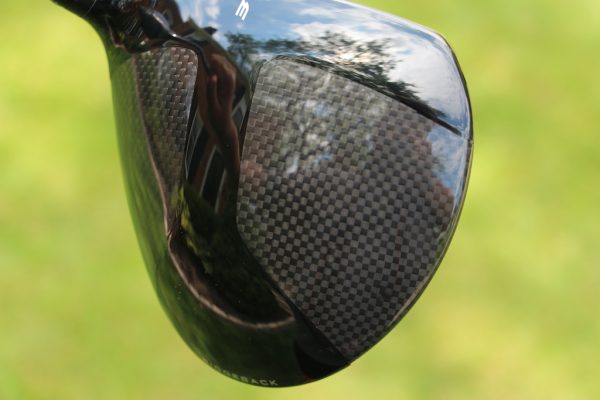
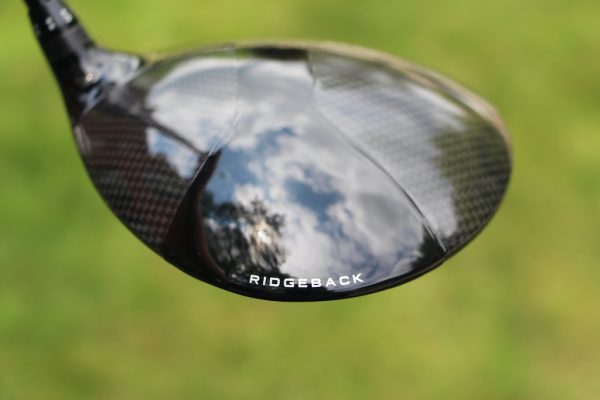
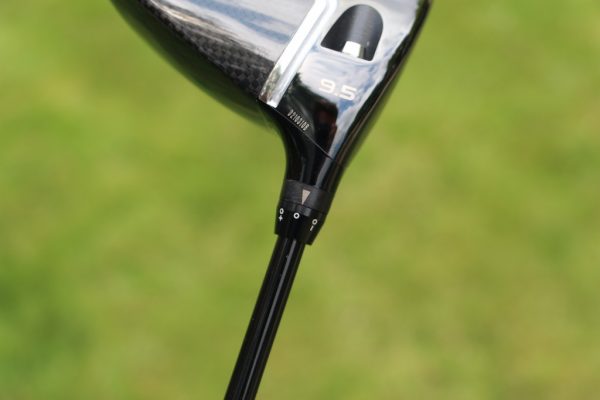
Overall, the Tour Edge Exotics C721 driver is a great club that will probably be overlooked by too many golfers. If you are looking for added distance, a lot of forgiveness and want to keep some money in your pocket, then you should seriously take a look at Tour Edge.
- LIKE103
- LEGIT12
- WOW6
- LOL2
- IDHT1
- FLOP1
- OB2
- SHANK5
Driver Reviews
Review: Ping’s G400 and G400 LST Drivers
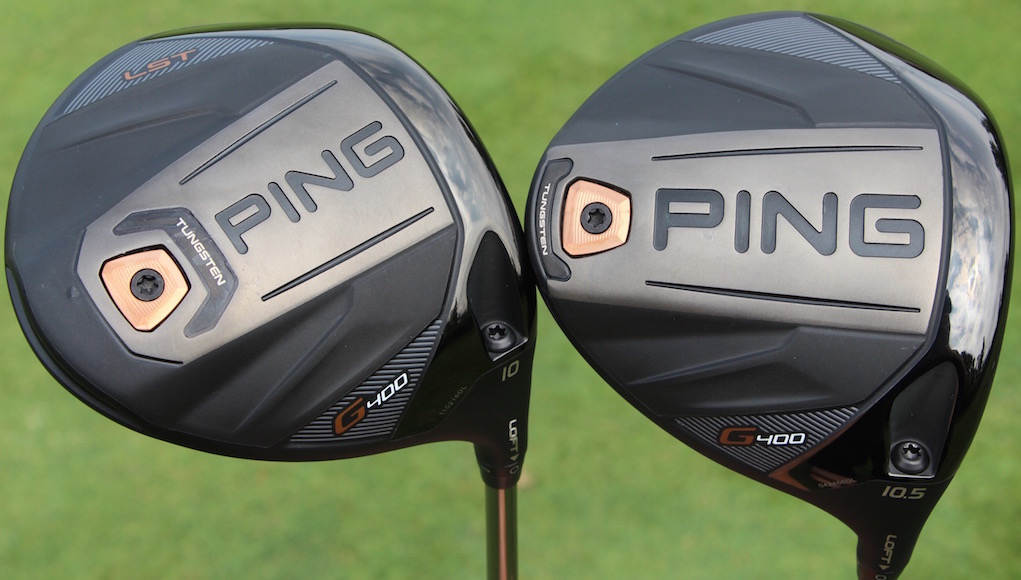
I still remember the first time I hit Ping’s G30 driver. It was July 2014, and I was at Ping’s HQ in Phoenix. Super low-spin drivers were all the rage at the time. With their forward center of gravity, they were helping golfers optimize their launch conditions beyond their wildest dreams: crazy high launch, ridiculously low spin. Many in the business, including myself, had one of these drivers and spent many launch monitor sessions trying to figure out how to get more distance from these high knuckleballs. The bad news was that forward-CG drivers, by nature, were really unforgiving. Bad shots were really short and crooked.
Before I knew the G30 was a big deal, Marty Jertson, Ping’s Director of Product Development, explained to me his vision for the perfect driver inside a conference room at Ping Headquarters. In his eyes, the perfect driver didn’t have the low, forward center of gravity (CG) that was being touted at the time. Its CG was located as low and as rearward in the driver head as possible, which he said would offer the best of both worlds: optimized launch conditions on good shots, as well as the best possible forgiveness on bad shots.
Building the perfect driver was a long way off (and still is), but Jertson was excited where Ping had landed with the G30. When it was released, the driver was a powerful testament to his vision. Its rear-CG design created great distance on good and bad shots, and it was also a very straight driver. The G30 sold incredibly well and, as a result, the industry mostly shifted away from forward-CG drivers.
It’s been nearly three years since the release of the G30, and Ping has just made another counterintuitive driver release. The company shrunk the size of its new G400 drivers in a climate where full-size drivers have become the norm. Granted, it’s only 15 cubic centimeters smaller, but it’s noticeable at address. Compared to the Ping G drivers they replace (which replaced the G30), the G400’s look like they cut carbs.
Despite their slimmer frames, however, the G400 drivers are actually more forgiving than the G drivers (which were even more forgiving than the G30). That’s why Ping representatives say smaller is actually better in the G400’s case. The drivers have the lowest, most rearward CG of any Ping drivers ever, and their smaller size is said to improve their aerodynamics so golfers can swing them fractionally faster. The other big change is a new face material made of T9S+ titanium, which is thinner and more flexible to help golfers generate more ball speed.
For this review, I wanted to put the G400 and G400 LST to the test against the G and the G LST drivers that they replace, so I took them to the Launch Pad at Carl’s Golfland in Bloomfield Hills, Mich. I hit five shots with each driver on Trackman IV, and to ensure as much of an apples-to-apples comparison as possible, I tested each driver head with the same shaft. Each driver head was adjusted to the same loft, or as close as possible.
Note: The G, G LST, and G400 drivers I tested were 10.5-degree heads adjusted to 9.5 degrees. The G400 LST had a loft of 10 degrees, and it was adjusted to 9.4 degrees.
The Test
In my personal driver tests, I don’t usually see a huge uptick in distance or accuracy when comparing the latest drivers to the most recent models from the same manufacturer. Improvements generally come in the form of improved head shaping, a better feel, or enhanced adjustability. That’s why I was surprised to see such a big change in my launch conditions and dispersion with the G400 drivers.
G400 Test Results: With the G400, I launched my drives an average of 1.6-degrees higher than I did with the G while dropping spin an average of 416 rpm. That led to a significant improvement in distance. With my swing speed and ball speed staying about the same, I added an average of 7.2 yards more carry distance and 8.7 yards more total distance.
G400 LST Test Results: First, a note about the G400 LST. It has a CG that’s slightly lower and more forward than the standard G400 driver to help golfers reduce spin. Like the G30 LST and G LST, it’s still very much a rear-CG driver, but its design helps high-speed golfers who can consistently find the center of the club face maximize distance without highjacking forgiveness. When I test Ping drivers, the LST is generally the model that creates the best performance, and the G400 LST was no exception. I saw an average of a 1.2-degree higher launch angle with all other things staying about the same when I compared it to the G LST. The result was an average of 6.6 yards more carry distance and 3.1 yards more total distance. It was the longest and straightest driver I hit in the test.
Note: Ping also sells a G400 SFT (Straight Flight Technology) driver, which has added draw bias. To learn more about it, click through to tech story on the G400, G400 LST and G400 SFT drivers.
Dispersion
One way to explain the improved launch conditions is that I hit the G400 drivers more consistently. As you can see in the Trackman dispersion chart, I hit the G400 and G400 LST drivers straighter on average than the G and G LST. Is that its slightly enhanced forgiveness shining through? Maybe, maybe not.
To me, the changes Ping made to the look and feel of the driver were just as important as the performance difference I saw on Trackman. I’ve always preferred smaller driver heads, or at least 460-cubic-centimeter drivers that appear smaller than their size. For that reason, I felt more confident with the G400 drivers in my hands. I didn’t mind that I didn’t see any added swing speed or ball speed from the smaller driver head. I was sold on the looks alone.
- At Address: Ping’s G400 (left) and G drivers.
- At Address: Ping’s G400 (left) and G drivers.
I also preferred the sound of the G400 drivers to the G drivers. There was definitely much more of a “thwack” than a “ping” at impact, which made the G400’s feel more powerful. Looks and feel are subjective, of course, but to me the improvement was night and day. I don’t think it’s a stretch to say that my fondness for the looks and feel of the G400 was at least a contributing factor to my improved performance in the test, if not the most important factor. When I like the way a club look at address, I tend to hit it better, and I know I’m not alone.
I do want readers to keep in mind that this was a one-person test and I hit a limited amount of balls. Yes, it’s a great indication that the G400 driver can be measurably better than a G driver, but it’s not a guarantee.
I also want to address the weaknesses of the G400 drivers. While they’re few, they could push golfers into another driver model in a fitting. Unlike Callaway’s GBB Epic, TaylorMade’s M1 or Titleist’s 917 drivers, the G400’s don’t have CG adjustability. That means there’s no way to fine tune ball flight outside of a shaft or loft adjustment. A bigger deal for some golfers might be the G400 crowns. Despite their smaller size, there’s still a lot to look at address, as was the case with the G drivers.
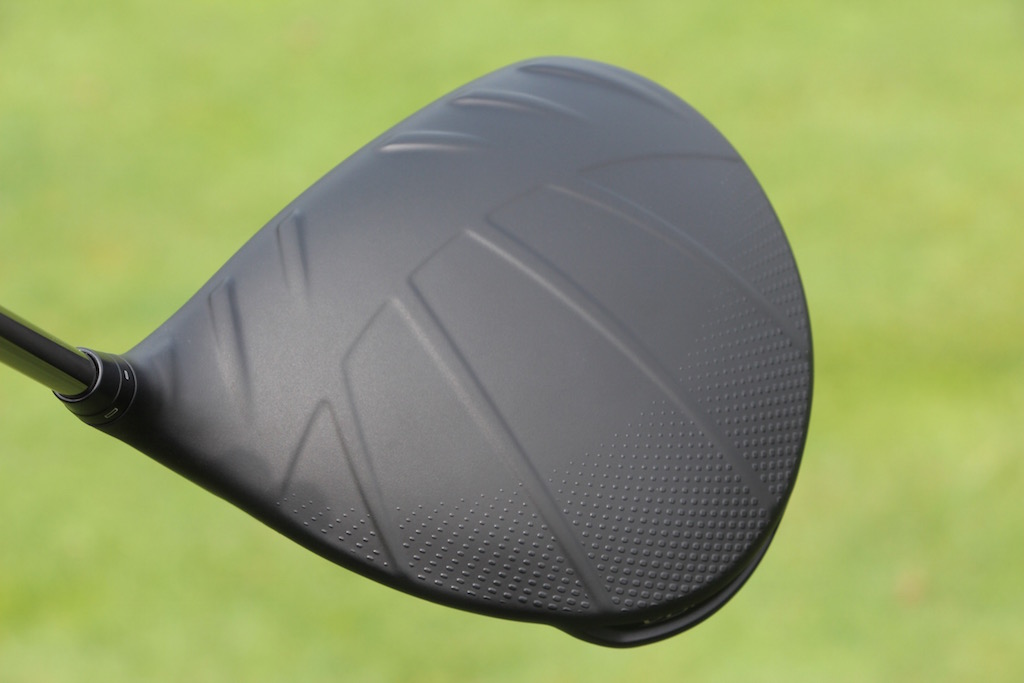
Aerodynamic features on the front of the crowns, “Turbulators,” have been thickened for the G400 release. There’s also Ping’s “DragonFly Technology,” a geometry on the back of the driver crowns that helps push CG lower and more rearward in the driver heads. I personally think the G400 crowns give the drivers an old-school, muscle car-like look, but there’s no question they won’t fly with all golfers.
Whatever your thoughts about what’s on top of the G400 drivers, there’s no question that what’s under the hood can offer something the G and G30 drivers did not. Maybe you’ll like the smaller head. Maybe you’ll prefer the quieter sound. Maybe the improved forgiveness will show up on a launch monitor or on the course. Or maybe you’ll just flat out rip a G400 farther and straighter down the middle like I did.
If that last bit happens, try not to second-guess it.
- LIKE677
- LEGIT83
- WOW48
- LOL18
- IDHT12
- FLOP22
- OB15
- SHANK59
Driver Reviews
Members Choice: The Best Driver of 2017
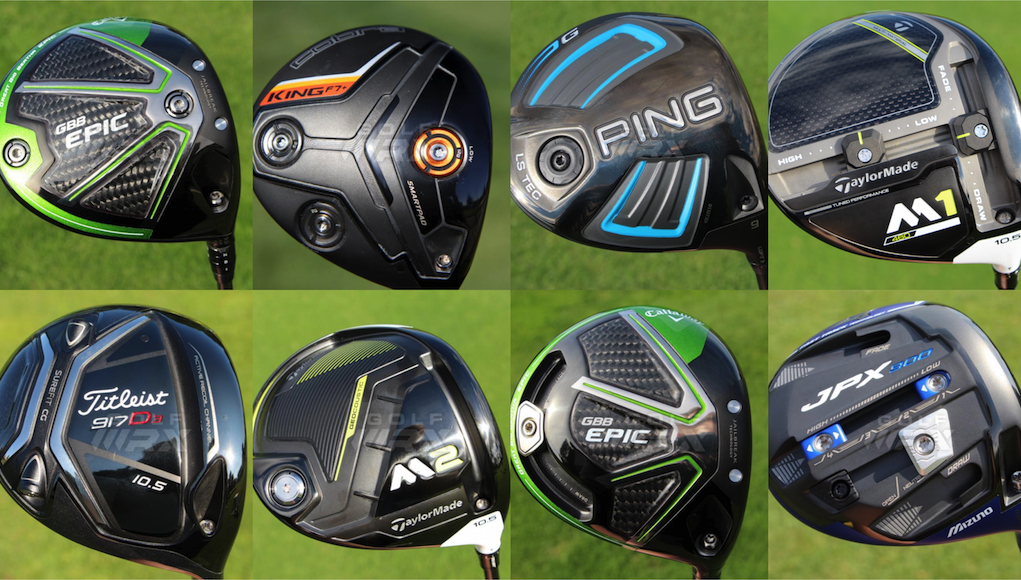
What determines the best driver on the market; is it the opinion of professional club fitters, professional golfers or testing results from a group of amateurs?
At GolfWRX, we believe all three sources can lead golfers to an answer. Being a website founded by passionate golfers with a mission to serve passionate golfers, though, we place a special emphasis on the opinions of our GolfWRX Members — the most knowledgeable group of golfers on the planet. No other group of golfers in the world tests golf clubs as frequently or as extensively as GolfWRX Members. So who better to poll to get an initial indication of the best performing drivers so far in 2017?
So we asked them, “What’s the best driver of 2017?” They voted for the three drivers they felt most worthy of the title and provided feedback about their selections in our special forum thread. You can see the results below (as of the first three weeks of voting), as well as quotes we pulled from GolfWRX Members about the drivers from our forum.
Remember that our polls will remain open for voting throughout the year, and we’re going to keep an eye on the percentages as more and more golfers have an opportunity to test these drivers. We’re also working on another Best Driver list, which will evaluate clubs in another important way. Stay tuned!
Keep in mind that there’s no single driver on the market that is the absolute best option for every golfer: that’s why nearly every manufacturer makes at least two different models. As this list indicates, however, some drivers are working better than others this year. Happy Testing!
Note: Forum posts were minimally edited for grammar, style, spelling and clarity.
Cobra King LTD Black (3.00 percent of votes)
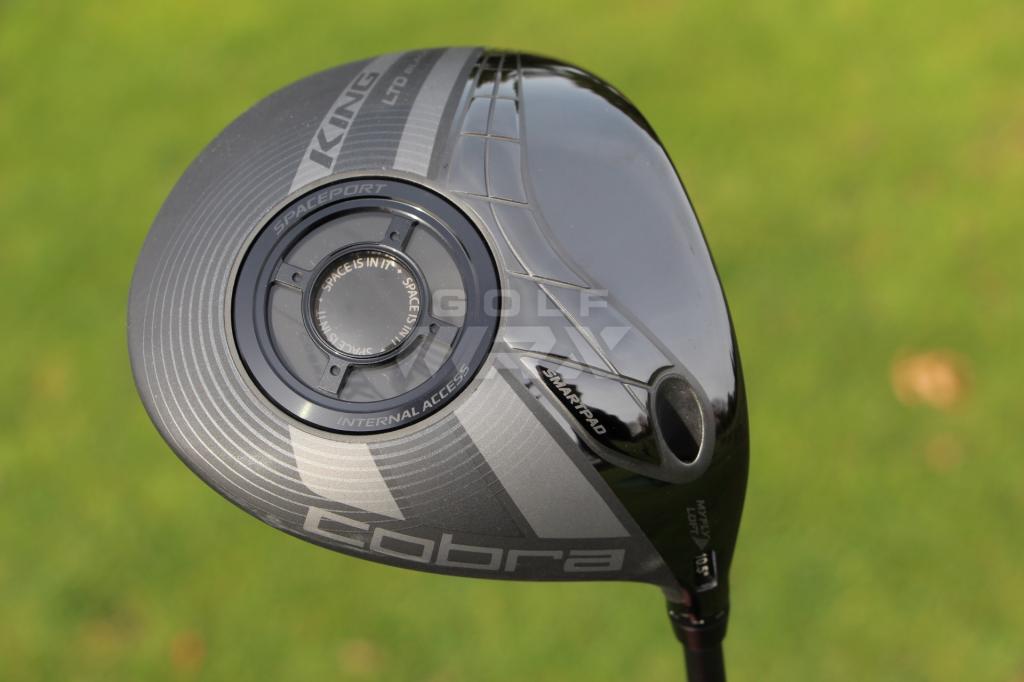
- The General: All-black LTD is really clean looking. I’m about to cover up the orange on my LTD with lead tape. Orange is played out
- mh7vw: Love my LTD, but wish the black finish (or even this gray) didn’t have that subtle checkering you see in some like. Prefer plain black.
- dbleag: I am a fan of the black/orange combo. The performance and sound of the LTD is very appealing to me. I also like that the standard length is 45 inches. For me, that helps it be super-accurate. With the low-spin design, I hit it longest of the current offerings and can’t remember the last time I missed a fairway. Straight, solid, low spin and nice.
Further Reading
Mizuno JPX-900 (3.20 percent)
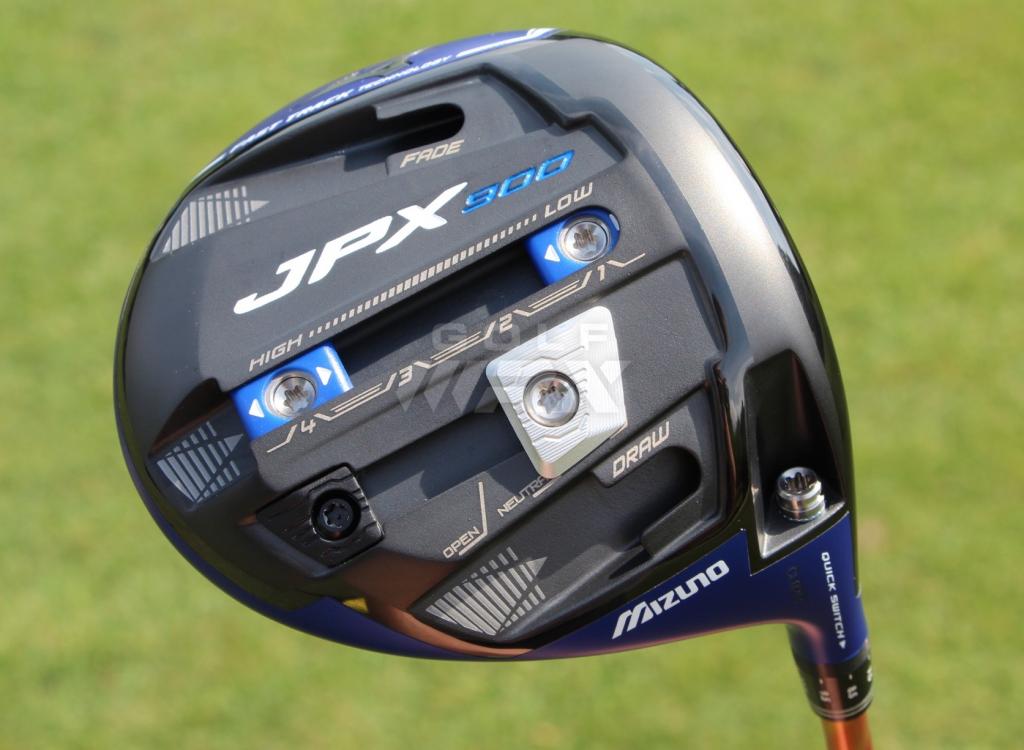
- johnnythunders: JPX goes straight. Best real-deal shaft and is long and very adjustable.
- KT35: That blue head looks awesome sitting on the ground. I hit balls off the toe and heel and didn’t see the big drop off in distance like the previous models.
- nmorton: The JPX-900 is definitely more forgiving compared to the JPX-850, and sounds much better. Though they did sacrifice a bit by going with a little larger profile, but it’s easy to get used to. The graphics are so so, but this driver performs. I’m really digging the Evo II (shaft).
- jay65: I can see that Mizuno is really making a decent effort with its drivers/fairways in terms of tech and aesthetics, and they compliment the new JPX-900 line of irons really well, but if they’re going to make any inroads they really have to address this issue of their custom shafts options. It’s rubbish.
- bok006: The JPX-900, after being properly adjusted by the fitter, gave me an extra 20 yards just like that. My swing speed suggested I was borderline S to X (flex), but the fitter said unless I was fighting a hook I should stick with the S.
- bubbagump: …the JPX-900, when properly fit, is just as long on a consistent basis than all the new models I tried in real life situations. It looks great, sounds solid and just knows the way to keep the ball in play.
- Chazb: I’m 69 years old, have a swing speed of 91 mph and played nine with the JPX-900 this morning. It was in the 40s with a brisk wind hit it around 220 to 230 yards. It was a fairway finder, has great feel and is one of the easiest to control drivers I have ever hit. I can’t wait ’til it is warmer and can dial it in more. So far I have the two weights all the way forward for a lower flight and the other set with a draw bias with 10.5 degrees of loft. This driver is the real deal; it may not be the longest or the shortest, but it is a fairway finder which IMO makes it a winner.
Further Reading
Ping G (3.80 percent)
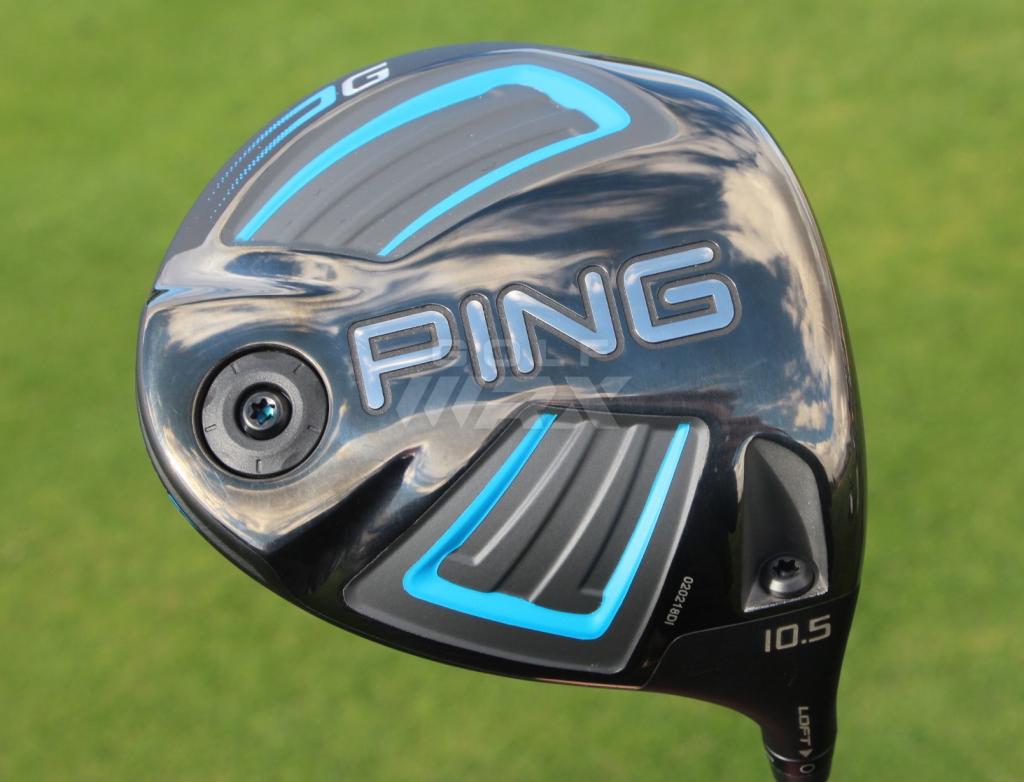
- Wesquire: Ping G is the most forgiving so it wins.
- bopper53: Ping G hands down. Great distance and the most forgiving.
- Dannydubbbs: The Ping G series is just too forgiving. The distance is comparable between most models, but Ping always seems to win out with forgiveness.
- Bruin Bear: The Ping G is going to be overlooked because it’s looked at as “game improvement,” but this driver is a beast. I liked the LS, but it requires a faster swing to get results and in the cold outdoors I just don’t have that all the time. I think the G is the perfect blend of performance and forgiveness.
- cmrl1986: Only reason I switched from the Ping G25 was that the G felt less harsh off the face. Same distance just about.
Further Reading
Cobra King F7+ (3.90 percent)
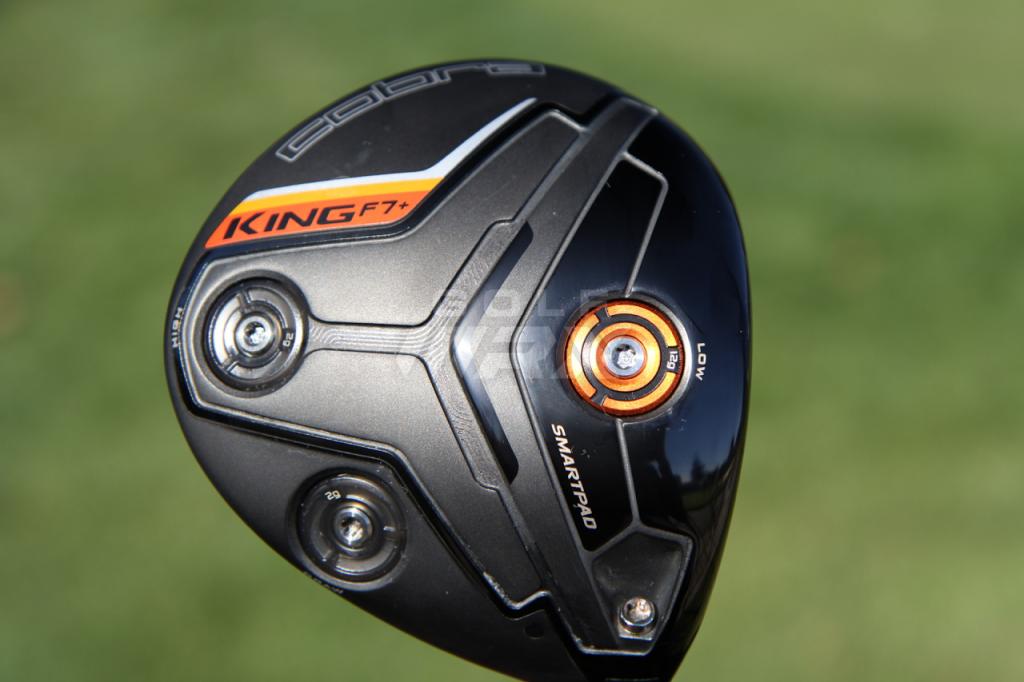
- EntourageLife: Ball really flies off face. Driver head controls spin well. Not one drive “ballooned” and trajectory was high and best of all… very easy to work ball right to left for a confident draw.
- Gollie: The F7+ is another great offering from Cobra… I didn’t get the “MAN, this is gonna take my LTD out of the bag” feeling, but it has very good sound, feel and performance.
- J13: F7+ is a great offering from Cobra and IMO is in the top-3 drivers this year. Epic is the standout for me numbers wise, then M series and F7+ are right behind it. Love the Agera (shaft) in there!!! Such a great shaft; I can’t seem to get mine out of the bag.
- Golfer from MO: Hit both Cobras lefty and as a lefty the LTD is the shizzle. Last year it was the LTD and Big Bertha down to the absolute wire… the F7+ is more workable than the LTD, but not longer and a little worse on mishits.
- Boognish: I took a few swings with the F7+ at Golf Galaxy yesterday. 9.5 degrees with heaviest weight forward. The stock shaft is actually the same model I play in my GBB (albeit in smoked black instead of yellow). Ball flight and distance were similar to my GBB with good consistent sub-3000 backspin. Sound was OK, feel was harder than the GBB.
- thechief16: Just from the range (no LM), I didn’t see a noticeable performance improvement with the F7+ over the original King LTD. And I like the look and sound/feel of the LTD better.
Further Reading
Ping G LS Tec (4.90 percent)
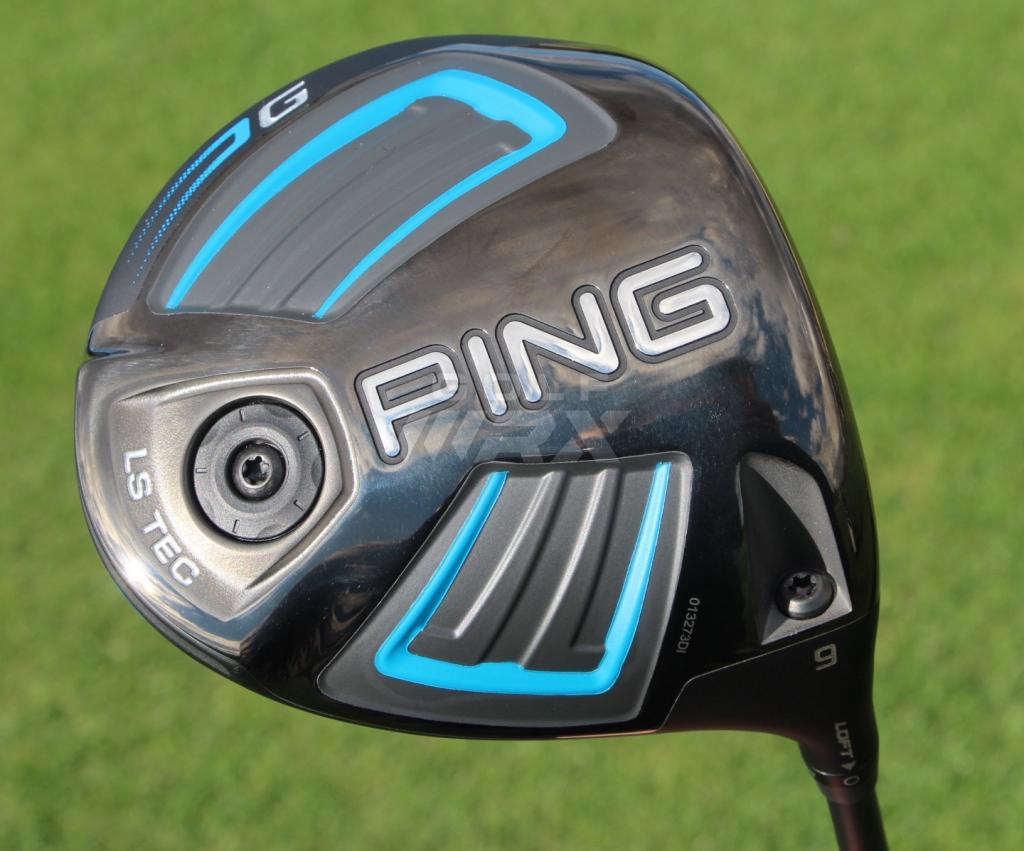
- drvrwdge: I played the G LS with the Ping Tour 65X (shaft) tipped an inch for about a year. Just put the HZRDUS Yellow 75 6.5 tipped an inch and never thought it was possible, but it’s longer and straighter. Best driver shaft combo I’ve ever hit. You can feel that HZRDUS throughout the entire swing. Really gives you a solid connected feel.
- Mtngolfer1: I am not sure that I would consider this a 2017 Driver, but my vote went to the Ping G LS Tec. The fact that my G is still holding its own against the latest 2017 releases has me very excited to see what Ping will release later this year.
- 3woodvt: Fairway finder and plenty long.
- pitchinwedge: I’ve found the LS to be nearly as fade biased as the M family. I get pretty good results with the LS by making a conscious effort to make more of an in-to-out swing. Any lapse in concentration and everything goes right. The M’s require even more effort, which is the reason I stayed with the LS instead.
- 3 Jack Par: After an up and down year with the G LS, I’ve actually recently gone back to my G30 LS head. I only have a couple of rounds as a sample so far, so I can’t really draw a conclusion about whether one or the other is better, but with the same shaft it seems like my G30 head might be a little longer. Honestly, the performance differences are pretty minimal if you really compare the two generations.
Further Reading
Titleist 917D3 (5.30 percent)
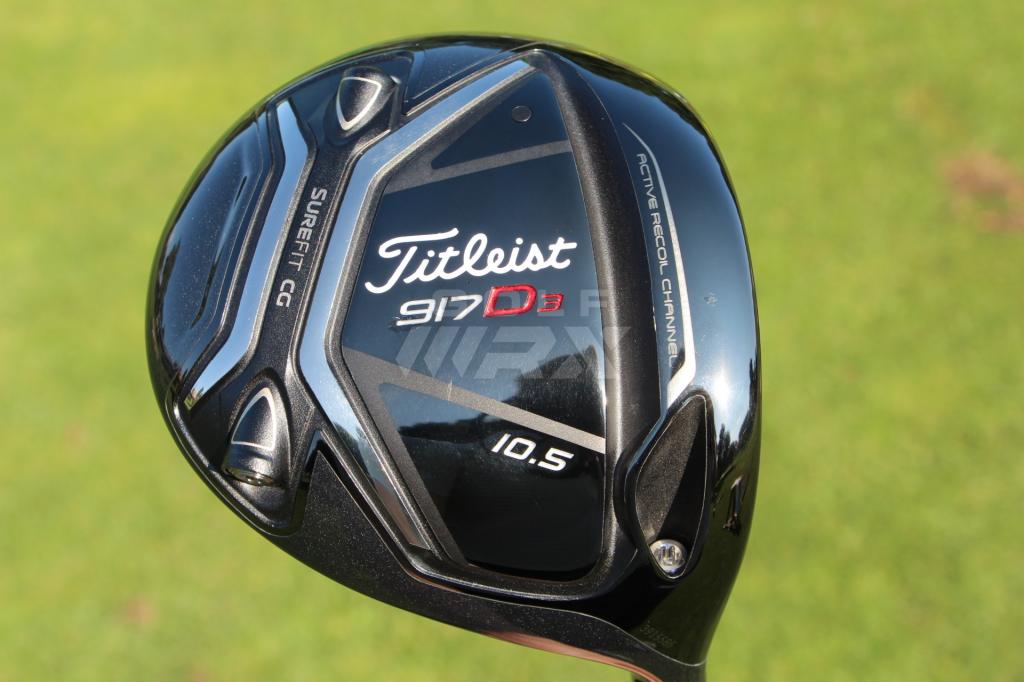
- Gava: The 917D3 is in my bag now, and I’ve found it incredibly long with a recently purchased Graphite Design Tour AD MJ 7TX shaft. Feel and accuracy has been a real improvement as well.
- Togatown22: I find my 917D3 to be just as forgiving as my 915D2 was, and man do I prefer looking down at the head shape and color versus the 915. Very confidence inspiring.
- NIxhex524: I would definitely give the D3 a whirl. I feel like Titleist has made great strides at making the smaller head way more hittable for us ams.
- KPH808: So in conclusion, I was hitting the ball about 9 yards further on average and 3-4 mph faster ball speeds with the 917D3 vs. the 915 D4. The biggest thing for me was the forgiveness between the two; the 917D3 was more forgiving on mishits.
- brushie: The 917D3 head feels soft like the 910 and sounds great. I never had an issue with the 915 sound; it wasn’t great, but it didn’t bother me too much. This is much better, though. The 917D3 head shape is perfect to my eye as well. The area where the 917 shines is forgiveness.
Further Reading
TaylorMade M1 440 (5.35 percent)
- Tigermatt31: The M1 440 is best driver I’ve had ever.
- TollBros: The M1 440 is definitely lower spin than the M1 460 or M2 from last year. Launch angle isn’t really any lower, but spin is lower for sure.
- specimania: This year’s 440 is more forgiving.
- MCoz: Yes, this 440 is more forgiving, and yet it also appears to be more workable than both of the previous M1 and M2s.
- nitram: To save you a bunch of reading and crunching numbers, I quickly concluded there was a little more forgiveness and exactly +0.4 mph ball speed with the 440. By forgiveness I simply mean this: A 1.48 smash 440 will give you the same ball speed and distance as a 1.49/1.50 430. But if you get a 1.50 from both there is no measurable gain. Side-to-side dispersion was better by 4.7 feet with the 440. Workability was a wash between them, although the 430 seems a bit more fade biased whereas I’ll describe the 440 as a scosche more neutral.
- tj24: I hit the M1 440 with my Aldila RIP at an 80-gram X-flex. For me, the spin numbers were around 1700 rpm which is probably to low for my swing. I did, however, like the shape of the head and I felt like I could easily work the ball both ways.
- halfsumo: I really think they nailed it with the shape of this 440 head. Nice pear shape, no weird bulges or ridges that you have to get used to.
Further Reading
- GolfWRX members gain 7 yards on average with 2017 TaylorMade M1, M2 drivers
- 12 Important Changes to the 2017 TaylorMade M1, M2 Drivers
Titleist 917D2 (6.65 percent)
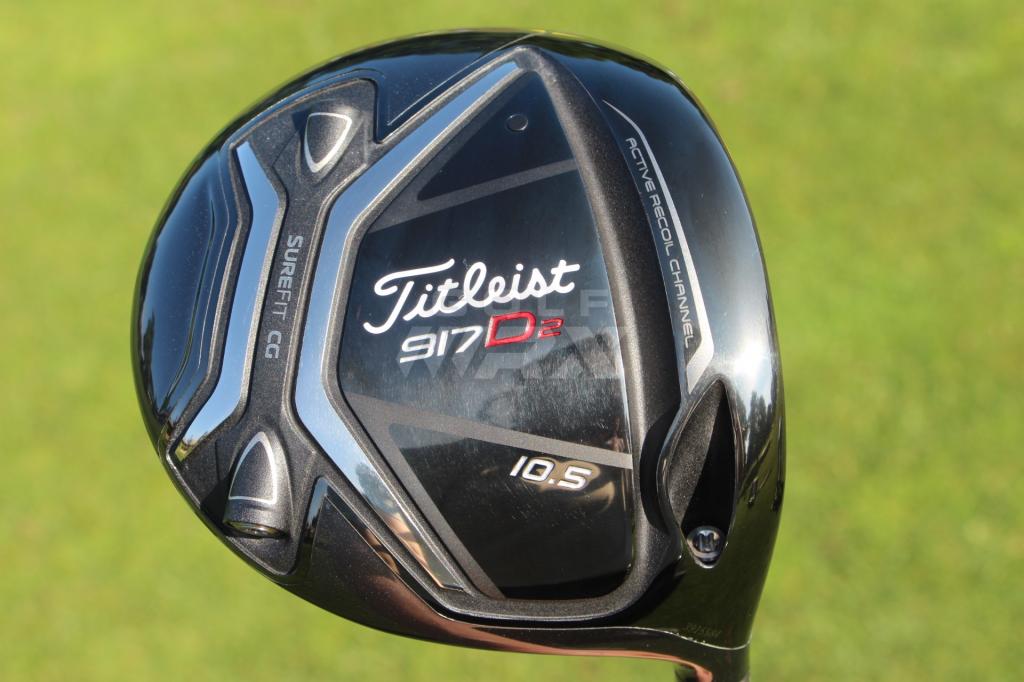
- tsletten: Love the sound of the 917D2.
- bladehunter: No doubt the 917D2 is an accurate, forgiving driver that doesn’t look as big as it is and sounds fantastic.
- JStang: Maybe it’s just me, but I find the face to be more shallow (top to bottom) with the 917D2 than other drivers that I’ve tried lately.
- LuckyLowbrow: I was actually spinning it too low with the D4. Going up to the D2 normalized my spin rate, but led to such an improvement in consistency across the face.
Further Reading
TaylorMade M1 460 2017 (11.81 percent)
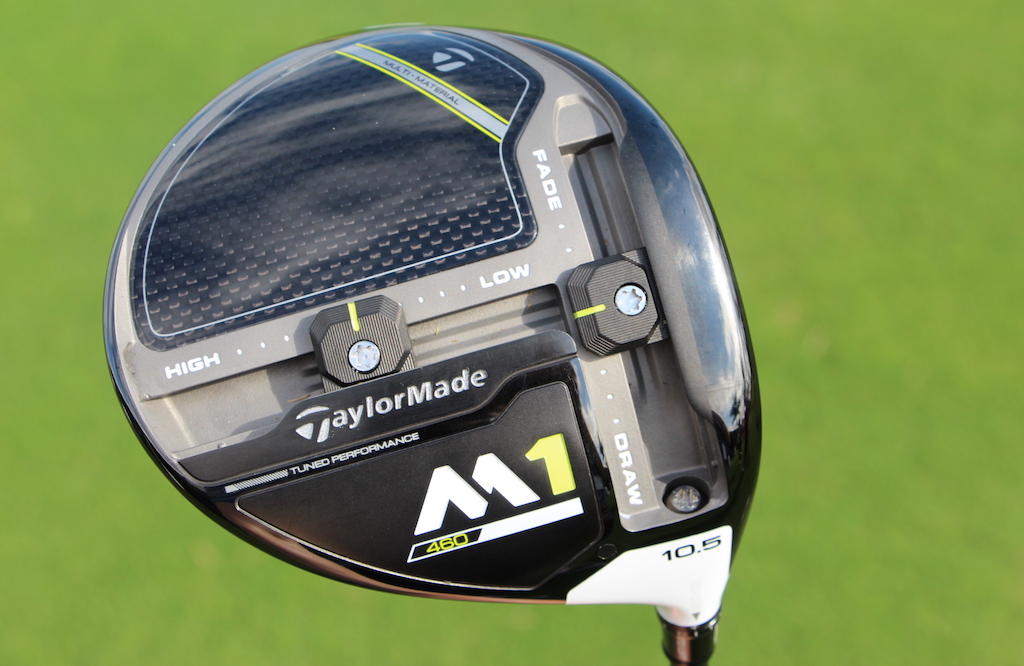
- Ereim: I ended up going with the M1 460. It gave me a slightly tighter dispersion, and I liked looking down at it slightly more.
- jdenham15: The 2017 TaylorMade M1 is a great driver, but I tend to miss wide right and struggled to turn it over.
- ZBigStick: The M1 460 gave me the best results. Was able to increase launch without much added spin with the (T-Track) weight. Feel is good and felt forgiving; dispersion results backing that up.
- BillMurrayGolfing: The face is hot, receptive, thin and makes a nice sound. I like that.
- JStang: Sound and feel were both fantastic. I couldn’t ask for much more in the sound and feel department than what this club offers. Plenty of feedback was provided based on impact as I would expect. I could easily tell where I missed based on feel.
- tnord: Just as another tester found, moving the weight back and forward absolutely does impact how the club sounds. I’m much more a fan of the weight back.
- chickenpotpie: Moving the slider to the draw position made the feel of the driver a little harsher. Feel was much much smoother with that weight in the middle. I didn’t see any such changes with the front/rear slider.
Further Reading
- GolfWRX members gain 7 yards on average with 2017 TaylorMade M1, M2 drivers
- 12 Important Changes to the 2017 TaylorMade M1, M2 Drivers
TaylorMade M2 2017 (11.86 percent)
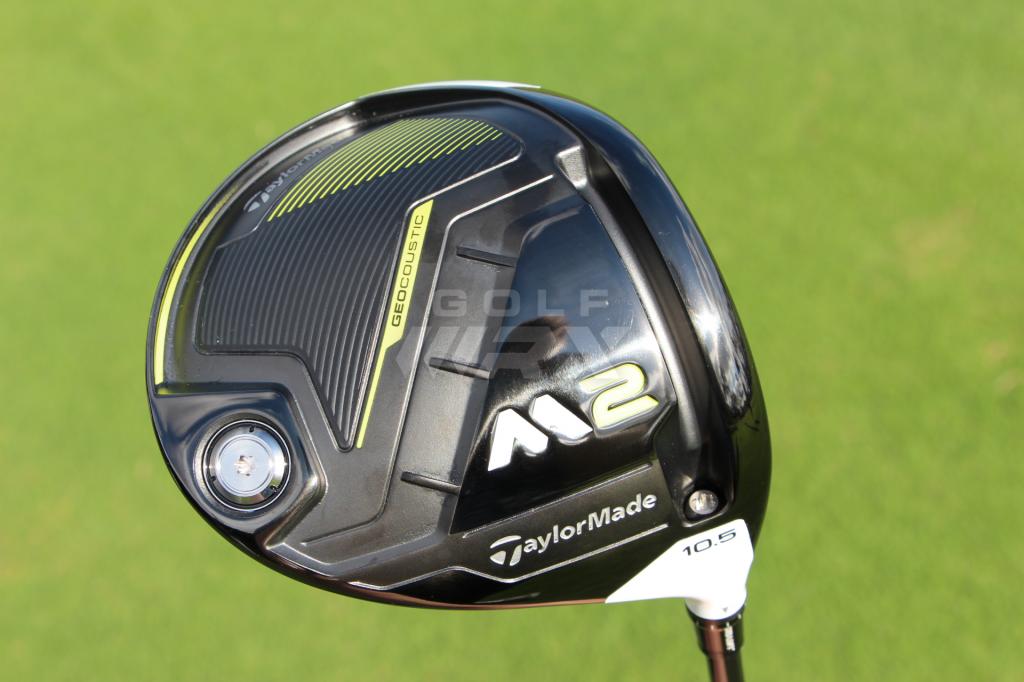
- ZBigStick: I liked the feel of the new M2 but seemed to get better results and numbers with the new M1. Could be the extra 5 grams of head weight?
It was dynamite with the GD TP-6 (shaft)! - erock9174: On Trackman it didn’t put up the most ball speed, but counting all shots the M2 had the longest average distance.
- gripandrip: The M2 seems to have a little bit of a fade bias for me. And the head is HUGE. Maybe it’s a mental thing to be able to turnover a head that large.
- Bomber_11: M2 has very big shoes to fill, as the 2016 M2 was arguably one of the best drivers of the last 3-4 years.
- LONG&STR8: It’s hard to ignore the sound of the new M2. That may be TaylorMade’s biggest fail with that driver, as the sound and feel was one of the best things about the first version that I’ll have in the bag until something better comes along.
- Z1ggy16: The new M2 was terrible for me, not sure why. Unsure if it was the shaft I used but it spun up like a monster and ball speeds weren’t any better than previous M2.
- Peanut191: I don’t really think that the new M2 was much of a step backward, probably more that it doesn’t seem like a big step forward compared to last year’s model. I was hitting my 2016 M2 against a 2017 M2 indoors (which usually amplifies the louder, more obnoxious sound) and I didn’t notice that much of a difference in sound. It could have been that I might have just happened to get a hold of a head that was more muted than normal with the new one, but I just didn’t notice much difference. Performance wise, I could tell that the 2017 was slightly more forgiving than the 2016 model, but I was basically getting the same ball speed and spin numbers, so I didn’t see the need to upgrade.
- gioguy21: Played 54 holes this weekend. The M2 was as reliable as it could get. I hit 11/12 fairways Friday, 10/12 Saturday and 5/9 or so yesterday (windy). Controllable, just wants to go straight. The sound no longer bothers me. I think it’s when hitting indoors or in range bays that it gets unbearably loud. Makes a different sound when hit on the screws I’ve found, similar to last years M2/M1 with less high-pitched ring. The forgiveness is very obvious, as I hit a couple that were close to center of the face but either high or little out toward the toe that flew similar trajectory and distance to how a well struck shot would react. I think where this driver really shines is the ability to either tee it high and hit it with higher trajectory or the ability to hit it lower with a low tee (3/4 of the ball under the crown) and hit laser beams that don’t move left or right.
- G-Bone: From what I’ve seen on Trackman, 2017 M1 was a big jump from 2016; however, 2016 M2 was so good, 2017 is a minor jump.
Further Reading
- GolfWRX members gain 7 yards on average with 2017 TaylorMade M1, M2 drivers
- 12 Important Changes to the 2017 TaylorMade M1, M2 Drivers
Callaway GBB Epic (14.91 percent)
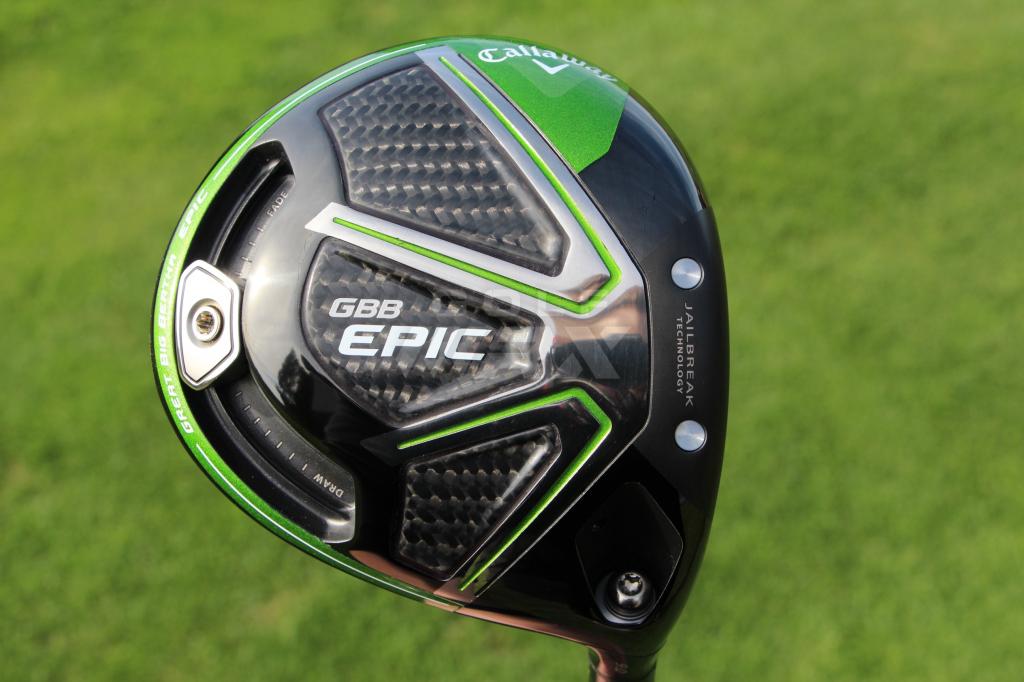
- HDTVMAN: I hit both the Callaway Big Bertha Fusion and Epic with a 44.5-inch UST Recoil F3 shaft and the results were very close. From customer testing, it appears the Epic is longer for those with higher (95+) swing speeds. I have also seen that 44.25-44.5-inch lengths promote tighter dispersion with customers, no loss of distance and better over-all drives.
- mbbrewer: Tried them all and for me Epic was the one. Fastest ball speed, lowest spin and tightest dispersion.
- Ereim: Epic felt great, looked great and the numbers were basically 99.9 percent optimized for my swing.
- johnnylongballz72: There is Epic and there is the M series… then there is everyone else. The votes here show it, the PGA Tour use shows it and launch monitors everywhere show it.
- misplacedtexan83: GBB Epic/Sub Zero pushed the envelop in design and materials to produce increased ball speed and gains. For once a driver did what a company said it would do.
Further Reading
Callaway GBB Epic Sub Zero (16.91 percent)
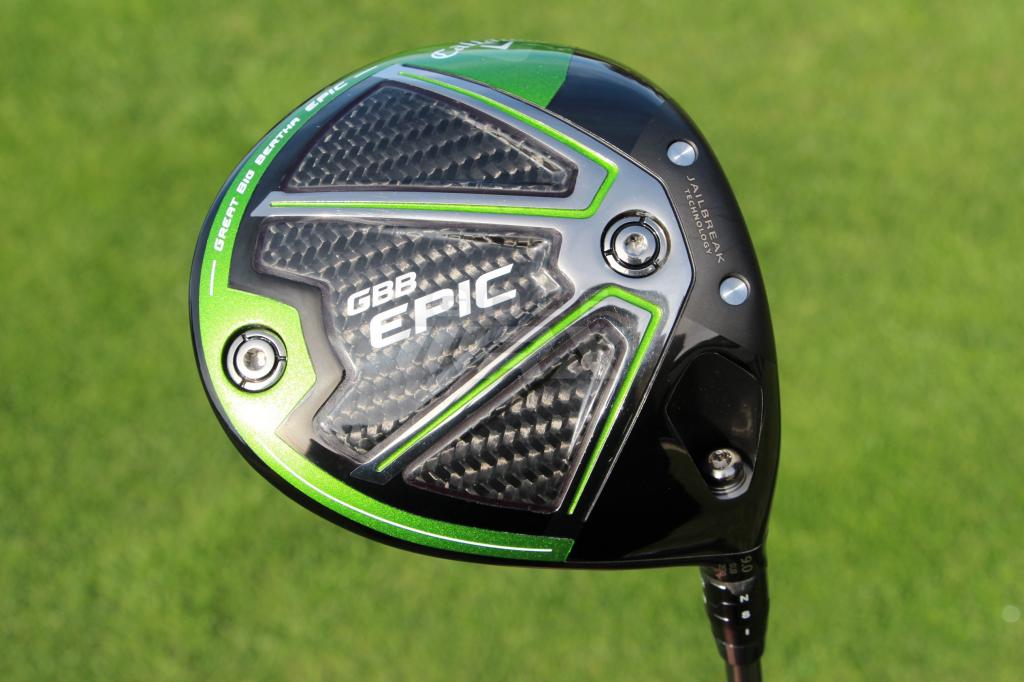
- jdenham15: I tested the Epic Sub Zero and Epic against my 2016 TaylorMade M1 and the ball speed was 5 mph higher on average, which gave me about 10 yards more carry disstance. That was great, but the part that sold me was the forgiveness. I love my Epic Sub Zero. I feel like it’s easier to turn over and I can work it both ways.
- Z1ggy16: Sub Zero was hands down the best, including my gaming M1 (yeah, not even top-3) due to the combination of lower spin, good forgiveness and feel and looks.
- jimhaire: I had a 2016 M2 and went with the Epic Sub Zero. The look at address suited my eye and the feel off the face was better for me. And the club went straight.
- Sef: I have tested a lot of these drivers and for me the Epic Sub Zero was so much better than everything else. I wish I could just apply all three votes to it.
Further Reading
Members Choice 2017
- LIKE652
- LEGIT92
- WOW45
- LOL39
- IDHT16
- FLOP39
- OB34
- SHANK255
-

 News2 weeks ago
News2 weeks agoExperts on understanding ground force and how shoes can impact your golf game
-

 Equipment3 weeks ago
Equipment3 weeks agoMiura launches new forged wedge series
-

 19th Hole6 days ago
19th Hole6 days ago‘You’re right, we’re always wrong!’ – Sergio Garcia receives warning during Open qualifier
-

 19th Hole3 weeks ago
19th Hole3 weeks agoRory McIlroy releases statement following crushing U.S. Open loss
-

 19th Hole3 weeks ago
19th Hole3 weeks agoTour pro says Rory McIIroy needs to replace caddie Harry Diamond following U.S. Open collapse
-

 News7 hours ago
News7 hours agoHighlights from the Wilson Golf Product Testing and Fitting Experience at Pinehurst
-

 19th Hole3 weeks ago
19th Hole3 weeks ago‘If Steve Williams was Rory’s caddie…’ – Tiger Woods’ ex-coach highlights key moment in Rory McIlroy’s U.S. Open collapse
-

 19th Hole2 weeks ago
19th Hole2 weeks agoThe golf-related tweet that has led to Dave Portnoy’s Twitter account being locked

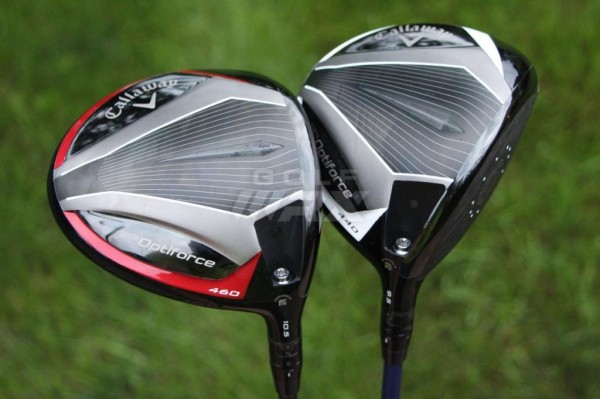
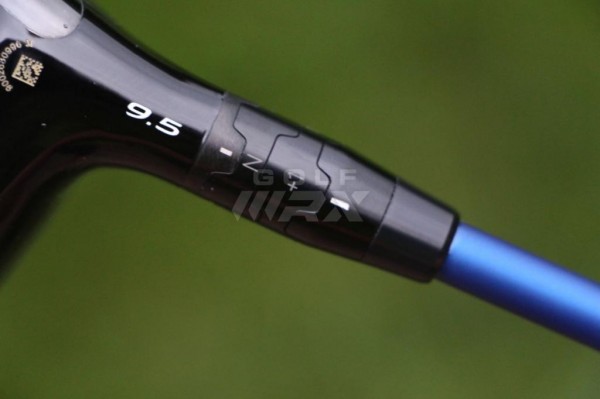
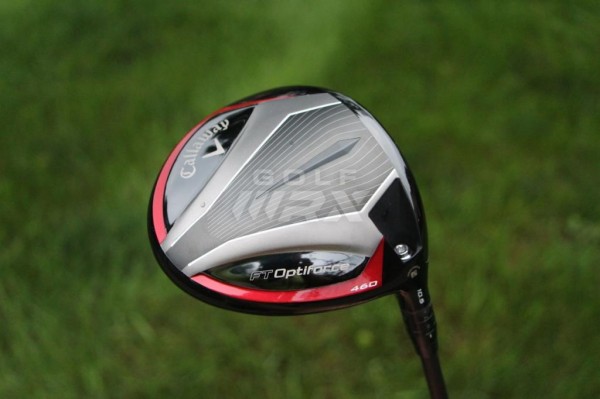
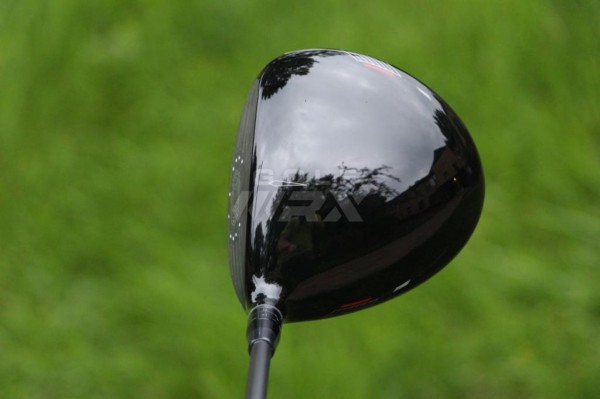
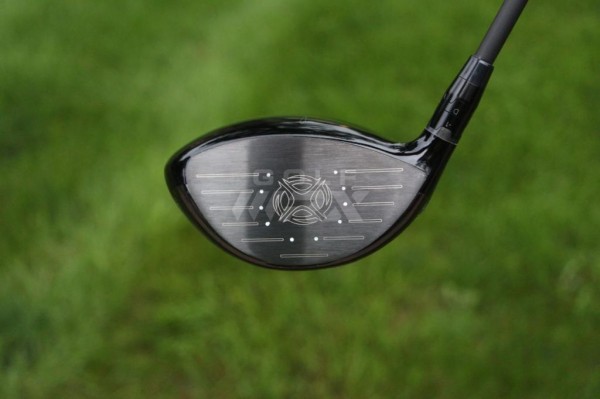
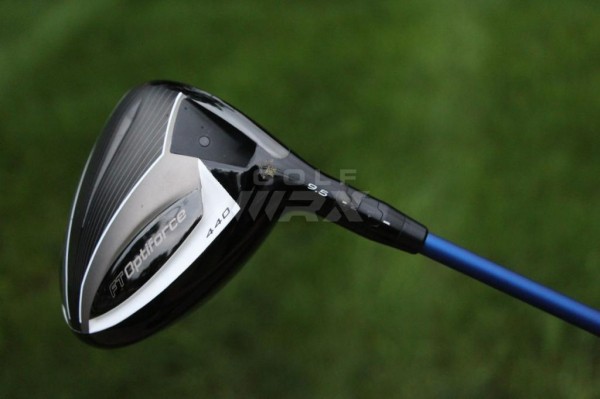
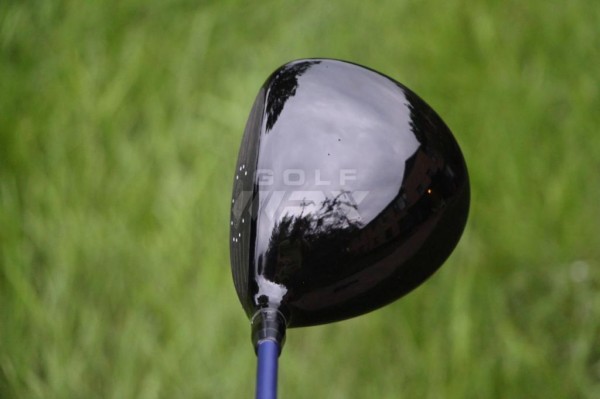
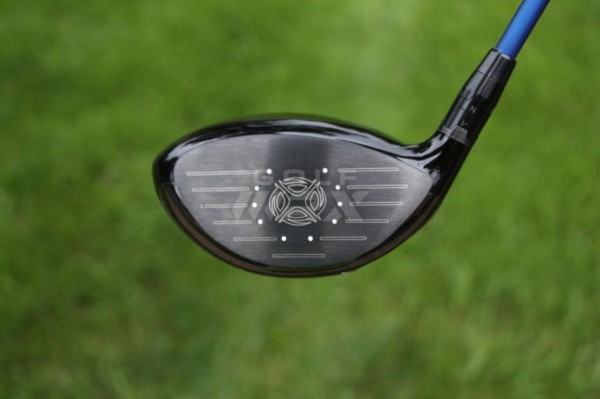

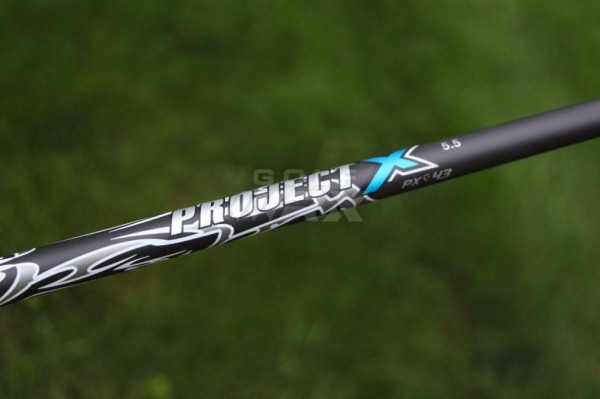
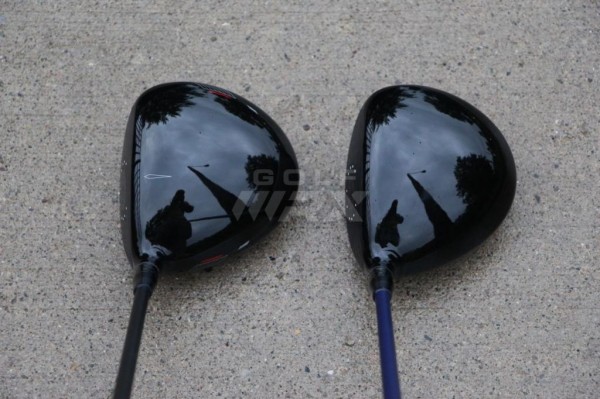


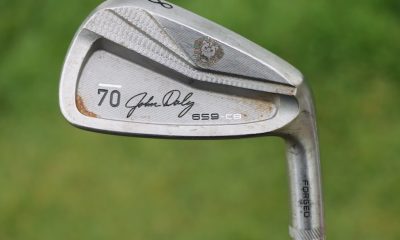

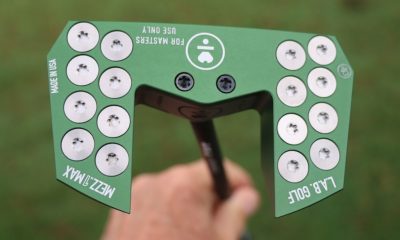

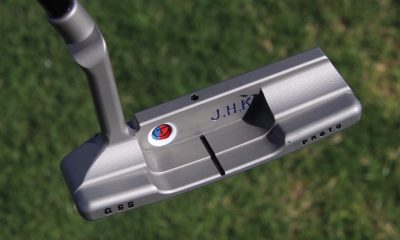



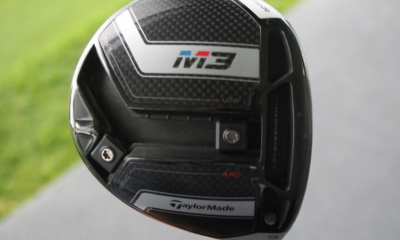



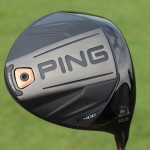
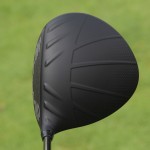
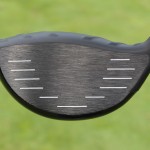
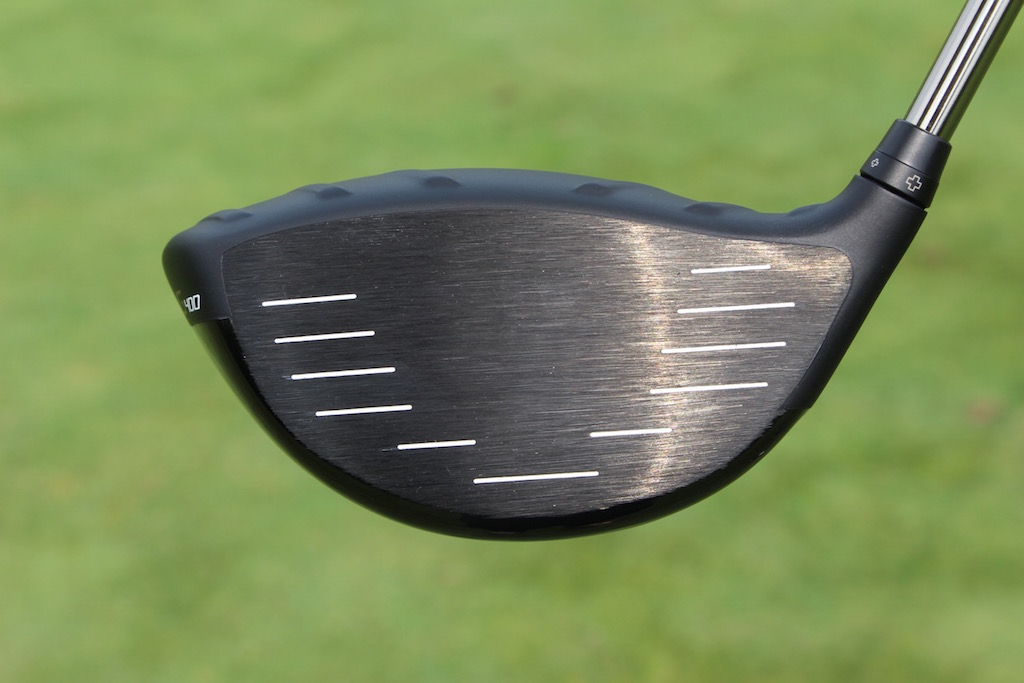
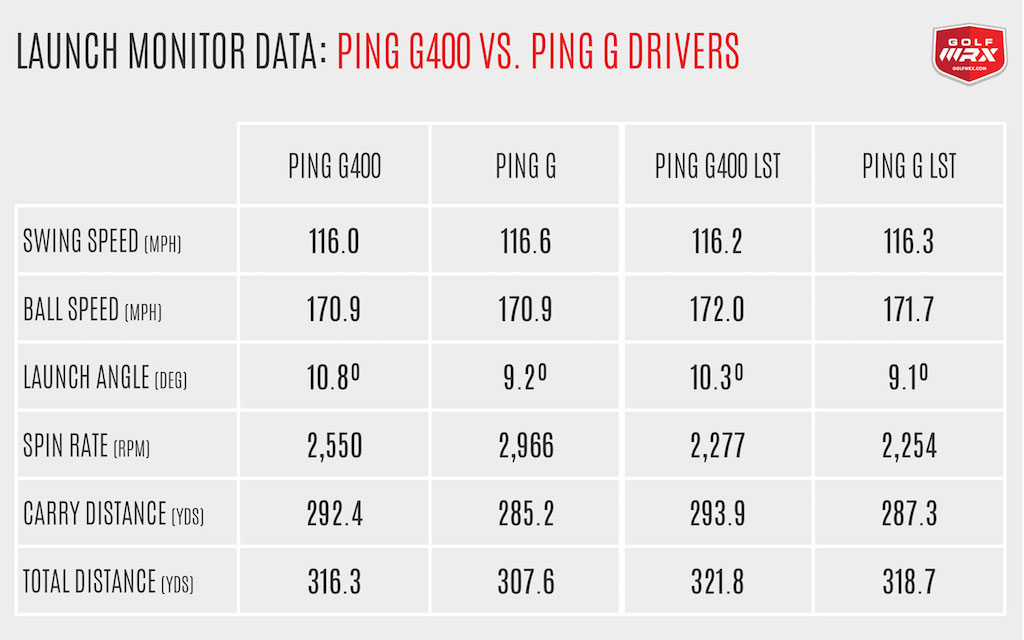
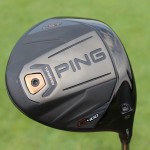
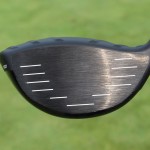
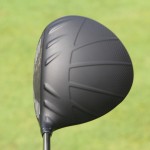
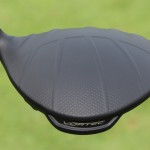
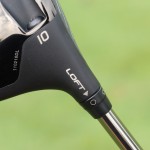
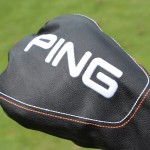
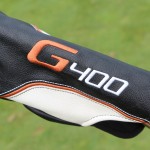
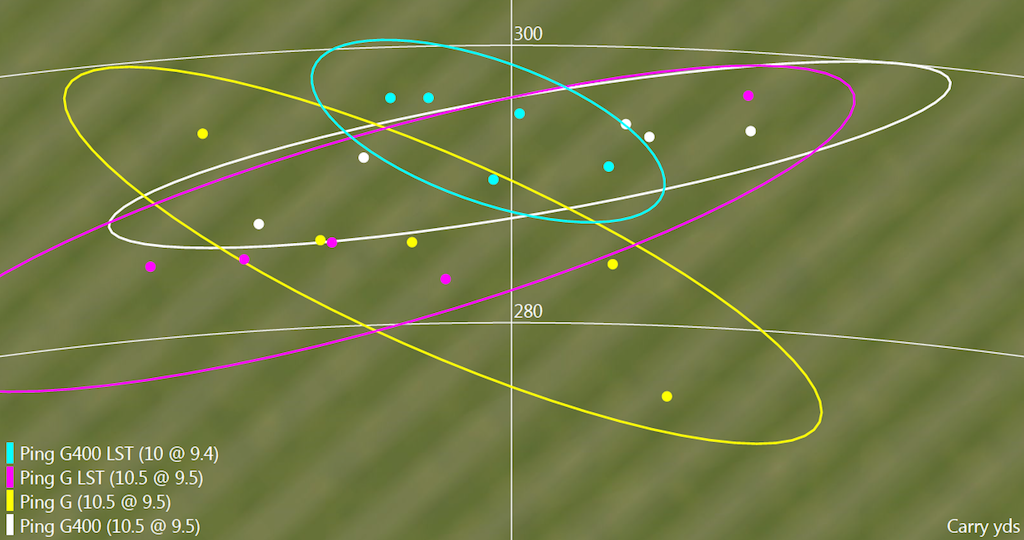
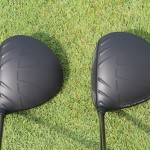
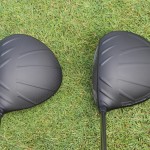
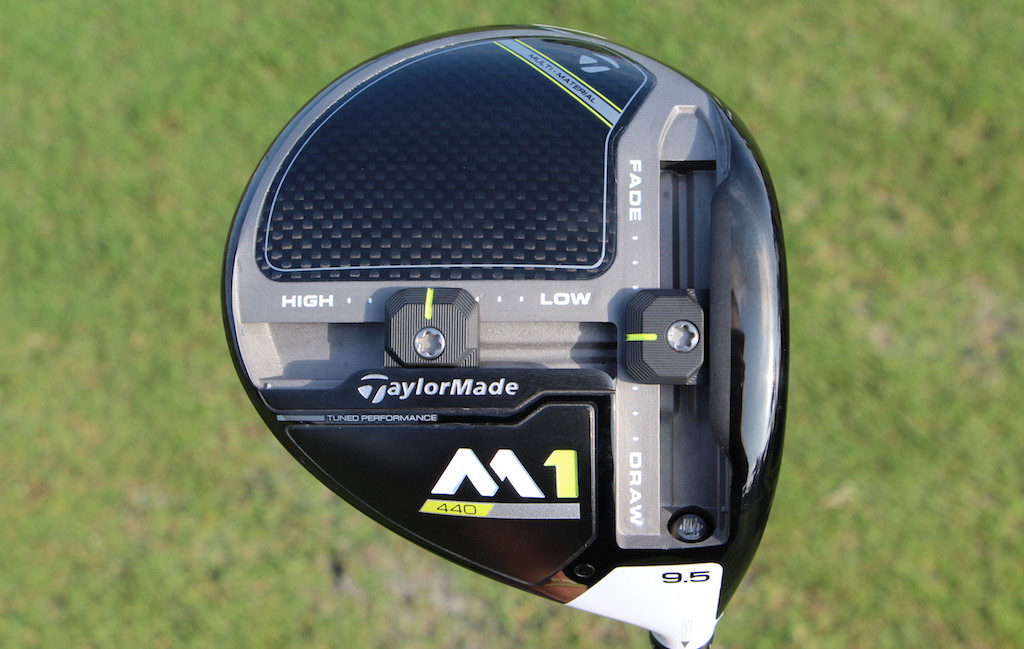

















Vic Karter
Mar 15, 2016 at 12:18 pm
I have the OptiForce 10.5 degree 460 with the stock Project X PLV x43 5.0 shaft. I set it to +2 degrees and draw. I have hit many drivers in the past few years, Taylor Made Burner, Tour Burner, SLDR, Callaway X2Hot, Cleveland Classic 270, and many more. Nothing comes close to the OptiForce 460 in distance, accuracy, ball flight and sound. Simply love it!
K Miller
Mar 30, 2015 at 3:40 pm
My 11 year old son purchased the FT Optiforce 460 driver using his birthday money. After using it 4 times on the driving range the golf ball struck the top of the club and a golf ball sized hole formed at the top side of the head of the club. We called Callaway and your representative told us this constitutes miss use of the golf club and it will not be covered under warranty. We showed it to the golf club pro and he said this should not have happened and that the club must be defective. My son is so upset he no longer wants to play golf. I am very disappointed at Callaway Golf customer service and that they do not stand behind their product.
Mack Daddy
Jul 9, 2015 at 3:54 pm
K. Miller:
this is a golf review site and not the company’s website.
Mike B.
Apr 22, 2014 at 7:04 pm
Very good review. I just trialed a bunch of Callaway drivers, and finally chose the Opti-Fit 460. Longer and consistently straighter than the rest. Only balloons if I tee to high, and could set it to 9.5* if needed. It worked best for me with the Mitsubishi Diamana S+ 62 shaft, less spin, lower ball flight. Great sounding club, easy to groove into the sweet spot. Also seem to hit it better later in the round than other clubs, maybe it’s the lighter weight. RFE in 10.5* was second, Opti-Fit 440 3rd, RFE 460 last. I liked the sound of the Opti-Fit 440 best, but it was much worse on mis-hits off the toe due to the smaller face.
Tamat Hawea
Feb 23, 2014 at 6:36 pm
awesome and great review mate, I actually just picked me up the 440 so am really excited about what I am reading. Now I just need to fit the thing 🙂
Pingback: Premium Offer Cleveland Juniors Set Ages
Vic Karter
Dec 2, 2013 at 9:04 pm
Does anyone know if a Razr Fit shaft wil fit in an Optiforce head?
larrymcj
Sep 28, 2013 at 10:09 pm
After reading all the varying comments here, I had to chime in, since my tests with the OptiForce 460 and 440 were completely different, and just to make sure, I ran the test twice to make sure. Our local Edwin Watts has recently installed a new simulator that actually provides some good data, and in the end, it’s all relative anyway when hitting into a simulator.
I’m 67, play to a 6.7 index, have a driver swing speed of around 93-95 M.P.H and I currently play a Titleist 910 D2 9.5 degree set at 10.25 degrees, with two notches of draw bias to help compensate for a slight over-the-top move I’m not going to get rid of at my age.
Hitting my own Titleist in the same simulator, and then the 460 followed by the 440 and taking the average of 10 (good) drives…threw out the bad ones. Then the same test with the 460 and 440. The 440 was significantly longer (10-12 yards with my measly swing speed). And it had tighter dispersion!
I did not like the feel of the 460, I had worse dispersion and overall I preferred the 440. I finally configured the 440 at 10.5 degrees with draw bias and achieved the best performance (for me)…about 14 degrees launch angle with minimum spin. I’m happy!
So no matter what the two drivers are “supposed” to do…there will always be some exception cases. Try them both…you might be surprised. The ONLY thing I don’t like about the 440 (the author mentioned this) is no top mark for alignment. Hey, you can’t have everything 🙂
FWIW, I also tried the SLDR and for my swing speed, it was a dog. I think for someone around 105-115 M.P.H. it would be a lot better.
mark b
Nov 2, 2013 at 12:24 am
I heard at my Edwin Watts shop today that the Optiforce is already a DEAD product, (production supposedly ceased, soon to be replaced by Callaway’s 2014 Slider). That’s too bad because after a year-long comprehensive test in which I put the SAME SHAFT cut to the SAME LENGTH in all the 2013 adjustable head drivers and tested them on the range and course over many buckets and rounds, the Callaway Optiforce 460 proved to be the longest and straightest driver for me.
I’m 55, a 3 handicap, with a low ball flight and a swing speed between 95 and 100 mph. Last year I found that the old low-torque Fujikura Zcom TW74 regular had just the right kick and was super straight so I put it in my Cally Razr Fit, which I cut long to 47 3/4 inches. (I’m 6’3″ and play 1″ long irons.) Then I bought a bunch more of these same shafts and put them in the Razr Xtreme, the RBZ stage 1, the R1, the RBZ 2 Tour, the SLDR, the 913d2, the G25, the Amp Cell, the Covert Vr S Tour, and finally the Opti 440 and 460. Lest you think me a spendthrift, I bought them all one at a time on Ebay, sold off their stock shafts, played each contender against the reigning champion for about 2 weeks, then sold off the loser (usually at a profit).
Took me all year to get through all the clubs but at the end of the year the Cally Opti 460 is my undefeated champion. It’s just unquestionably longer and straighter than the others for me , adding a good 15 yards over last year’s average.
I agree, the 10.5 degree stock setting is probably too high for most folks and it will balloon a ball if you’re not careful. But the 460 has so much more spring to its face than the 440 that I prefer to deal with the loft. I set the 460 as low as it will go and tee the ball up about 1/2 inch lower than I did with my deep face RBZ Tour. Now I’m dialed in and have no fear of a face wind. Low tee stingers with this club are still better than with the other sticks.
I read that some of you guys are skeered of the stock Optiforce’s 46″ length. I don’t know why. Since the Opti’s hosel sticks so far out of the neck of the club, any shaft that goes in it will have to be cut about 1/2″ SHORTER to achieve the same overall length of club. I noticed this when the cut points for my Taylormades and my Opti were radically different, yet all clubs measured 47 3/4 overall.
And I also don’t know what the quibble about “liteweight” is all about. I weighed all these competing clubs and except for the superlite Clevelands, the heads all clock in at about 200 grams. Add a fairly standard 60 gram shaft, 50 gram grip and adapter and you’ll tip the scales around 320. My Zcom adds 10 to that, so most of you would call my set-up heavy. So it’s long and heavy and a regular shaft, that still averages 285-290 for a slow swinging senior citizen. How could that be?
The reason is the TW74 has 2.9 degrees of torque to go with its regular flex. I think the reason most of you think superlite = uncontrollable is the fact that most 40 gram shafts huge torque. No one can control a lite shaft with a measured 7.5 degrees of torque! That’s a out-of-your-control variance of 50 yards at a distance of 275 yards. The answer to control is to add 10 grams of weight and cut your torque in half.
In summary, I don’t think the Opti is so good because of its light weight or its faster swing speed. For me its the face. This face simply trampolines the ball on good hits. It makes me doubt if its COR is conforming. The 440 and Razr Xtreme do this somewhat too, but they punish you more on the mishits. The 460 does not.
Sean
Sep 9, 2013 at 10:52 pm
440 Optiforce with Di7 stiff 45″……it’s the bomb! There’s a reason that this driver is cally’s #1 on tour in less than a month. Stronger players will need the Diamana S+ in X or some other aftermarket shaft to really get the performance out of this club.
glenn kirk
Sep 1, 2013 at 2:18 am
tried a calllway x hot tour with oban black whew wat a driver awesome straight and long used to hit callaway been off them for a while ,but am keen to hit optiforce,had r1 but don’t like at all titleist 910 is great, butits all about after market shafts
jgpl001
Aug 21, 2013 at 5:26 pm
I just can;t hack all the new super lite drivers with ultra light shafts
I know its all about the correct fitting, but in gereral these thing balloon, dispersion is all over the place and you just can;t feel where the head is in the swing
On the counter I can’t hack some macho tour wannabe’s scattered throughout threads on this site with 7.5 deg ultra low spin tour heads fitted wtih x flex Black Ties tipped ………..that carry it 300 yds with 50 yds roll out…………
J Duf
Aug 14, 2013 at 11:51 am
Im glad to read that the shafts are 46. I thought I was crazy when holding the 440 in the store. I was choking up on it just to get a feel for the club. I get that the bigger game improvement head of the 460 would have a longer shaft but why would someone who would typically play a smaller head, penetrating ball flight, better golfer, etc…want a 46 shaft? Its stupid. We dont want a club that goes an extra 7 yds if we cant keep it within 40 yds of the fairway.
Nick
Aug 16, 2013 at 5:52 pm
Congrats on your win at the PGA.
p.s. Show some more emotion though, I know you got it in you big boy.
David Belcher
Aug 13, 2013 at 7:21 pm
I had been looking for a new driver this season to replace a 3-year old G15, and I had found the Cally x-hot was performing best of the bunch earlier this year until the Optiforce which I have demoed twice in the last month. In the review above it mentions the PLVx43 is available from 5.0-6.5. However, 5.5 was the only version I have seen in outlets and I believe is considered the regular flex, but feels more comparable to the stiff from the x-hot. It performs superbly and is not at all whippy as a few commentators seem to have had concerns with. Additionally, although the 460 is obviously the same volume head as the x-hot, the face is noticeably smaller if you hold them up to each other, but at the same time I have found the Optiforce inspires great confidence of a center strike. My usual fault had been considerable heel hits, whereas for some (unknown) reason, pure centre or slight toe mishits are all I can get with this. Really superb sound as has been said, and certainly 10+ yards gain given 46-inch. But, and of course critically, this is straight and forgiving for me, and no ballooning from the 10.5 degree set at neutral. So, I would recommend people concerned that light and fast means out of control, should give it a demo first. At least if they are a mid-handicapper with 90mph-ish swings like me. That said, it needs to fall about £150 in price before I can justify it.
Shawn
Aug 13, 2013 at 2:02 pm
I tried both the Optiforce Drivers and had similar results with the 460CC driver, It ballooned like crazy since it was fairly windy. I tried the 440CC and I kept hitting it poorly since I have a tendency to hit closer to the heel of the driver, the feel was good, but I was just not consistent with it. The callaway guys doing the fittings had me hit the XHOT Driver set to 8.5 and I was hitting it great, except that when we compared the numbers on trackman device it was no better than my old beat up Taylor Made Burner Tour that I bought on the bay for 60$. No mention of the 3Wood? It was okay, it sounded like a bell when you struck it though which was strange. It was also no better than my razr hawk 3wood.
Gil Leonard
Aug 13, 2013 at 11:05 am
I have the OptiForce 460 driver and find it to be a great driver. It is by far very long and forgiving. Callaways latest offerings are much better than the TaylorMade offerings. I have tried both and will stick with my Optiforce driver. I rate it a solid 5 star driver.
Roger
Aug 13, 2013 at 3:38 am
Sold the 290 Cleveland classic..REALLLLY wanted it to work 4 me!
Added 4 grams lead, big difference with 43 gram shaft.
Bought Razr Hawk Tour for a punt! 10.5 RIP 60 regular.
Love it. Cut 3/4 inches so 44.75 and 48 gram grip, D 1.5 for now.
Now at 313 grams. Smooth ezy to launch, Acccccurate, lite draw!
Happy Callaway Owner
Andy (Uk)
Aug 12, 2013 at 8:25 am
Did I read correctly that the shaft is 46″ long ? Surely that’s very long and it must make this one the harder clubs out there to keep straight.?
I’m also in agreement that 43g sounds incredibly light for a shaft (let alone a 46″ one). Again I wonder how this effects consistancy.
Get one right though and it must go a mile.
Joe Golfer
Aug 11, 2013 at 2:17 am
It’s a shame that this “lightweight” fad is coming around again.
It requires longer length clubs again. Just ask Cobra how successful the “Long Tom” driver was.
Cleveland had the same lightweight fad a couple of years back, introducing the same model but with different overall weights of 270, 290, and 310 grams.
This may turn out to be a great driver, but I really don’t think I need a shaft that weighs 43 grams. Whenever I play a shaft that is below 60 grams, it seems like the flex is much whippier than it should be.
Desmond
Aug 10, 2013 at 9:53 pm
Nice looking drivers but the stock R1 beat both the 440 and 460 on the same LM by 25 yards. My guess is the liteweight doesn’t work for me or it was the lite shaft.
Martin
Aug 10, 2013 at 8:49 pm
All this releases of new clubs every other month is a little bit confusing to me and its even more confusing that every reviewer “loves” the new driver. I sometimes post a question on the forum about a club that might be a year old. I think that now a lot of players have tested the club over a longer period and that might bring some interesting information that I can use. Its not that I am looking for cheap equipment its more that I want something thats really good and not good just because its new and it felt good the first time i hit it or that it looks good. I mean that the Callaway FT-9 Tour is a brilliant club (even if it feels like it was released ten years ago…)but it takes time to find out which drivers are really great and which is just good or ok. One fitting doesnt give all the answers. Its a long process that involves finding the right loft, lie and shaft. Smash factor, launch angles and ballspeed can not replace the “Feelfactor”.
Nick
Aug 16, 2013 at 5:50 pm
Very true Martin, couldn’t have said it better myself. Feel> Everything else.
Chris
Aug 20, 2013 at 12:43 pm
I love last year’s clearance or even used clubs! I get the luxury of more info to make a more informed purchase, with the benefit of lower prices. This year’s technology isn’t often that much more compelling. It’s not like buying a used computer.
Golfwrxnut
Aug 10, 2013 at 4:21 pm
Funny thing is that when I checked the Callaway website, the 440 is advertised / marketed as the “lady” version… Also, various posts about the release of the driver seems like Callaway really messed up on this launch. I’d like to see and try for myself. Hope Callaway gets things fixed with the image and message they’re trying to communicate.
Golfwrxnut
Aug 10, 2013 at 4:25 pm
I should pay more attention! My post above is misinformed & wrong, just revisited the website. It was early morning and not enough coffee!
My apologies.
Lawrence Williams
Aug 10, 2013 at 2:25 pm
The 440 has just the perfect look and with the right amount of technology to provide carry it will also be in my pro-Callaway bag asap! Not to mention that SOUND!!!
Marr
Aug 10, 2013 at 2:01 pm
Figures it only gets the rating it did, Taylor Made is not stamped on it so it is only a so so driver. And the new driver TM has coming out already garnished a 5 star rating from this sight and the public has not even seen it yet. Guess we all know who is paying who to say what.
John
Aug 10, 2013 at 9:21 pm
If you we’re actually a golfer and not an Internet troll, you would know that then opti force is about impossible to hit straight, unless cut shorter with weight added to the head, and the sldr actually does perform.
But then again, that is if you we’re an actual golfer rather than an Internet junky and not not being to evaluate the performance of a club off your own experience.
And I like callaway and not so much taylormade, but I don’t give a d@mn who makes the club when it impacts my game.
Ola Scholander
Aug 12, 2013 at 8:01 am
Just a note, for me its the oppossite, optiforce is straight like an arrow, sldr had the hights sound ever but not much of it resulted in distance
Nick
Aug 16, 2013 at 5:48 pm
+1 on your statement Ola, very conssitent for me, but length was bad factor. I had to cut to 45 and add lead taope to head to keep at my swingweight. Overall though, great driver, but for same price as Titleist with this shaft, that 440 gets beat in every way to me. Just my input. I own a SLDR, Tlist 913 D2, and this club all with same shaft. Performance order goes:
Distance: Opti 440, SLDR, Tlist
Shot Shape: Opti 440, Tlist, SLDR
Forgivehness: SLDR/Tlist, Opti 440
Dispersion: Tlist, SLDR, Opti 440
BcavWecllh
Oct 1, 2013 at 10:01 pm
I have no problem hitting the Optiforce straight right off the shelf.
J.T. Parker
Nov 13, 2013 at 1:02 pm
I hit the slider and it had no punch at all for me. The most solid club out there is the Callaway Octane. Yet, I see very few using it, the xhot and all the Taylor Made drivers just do not go as far or as straight. (at least for me)